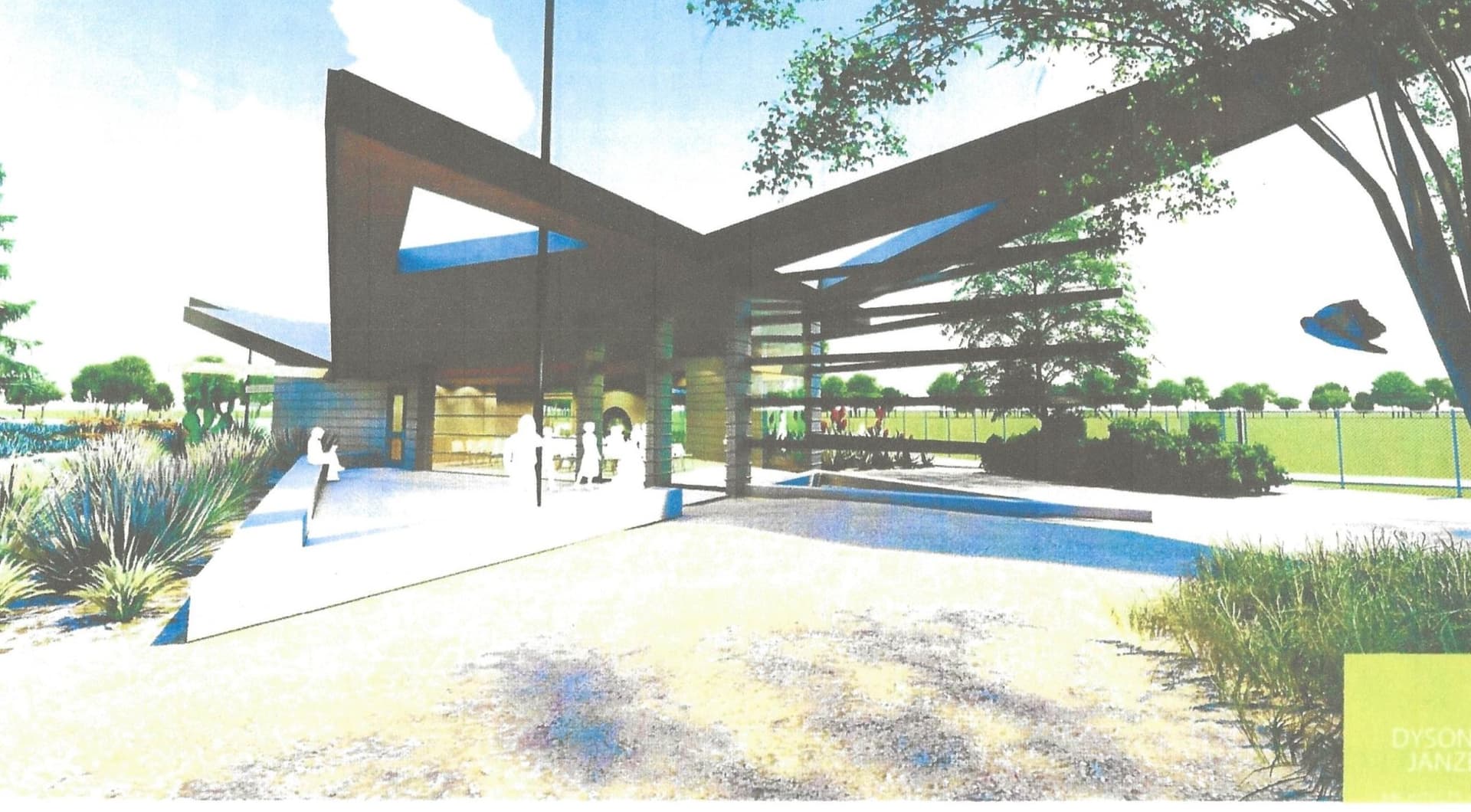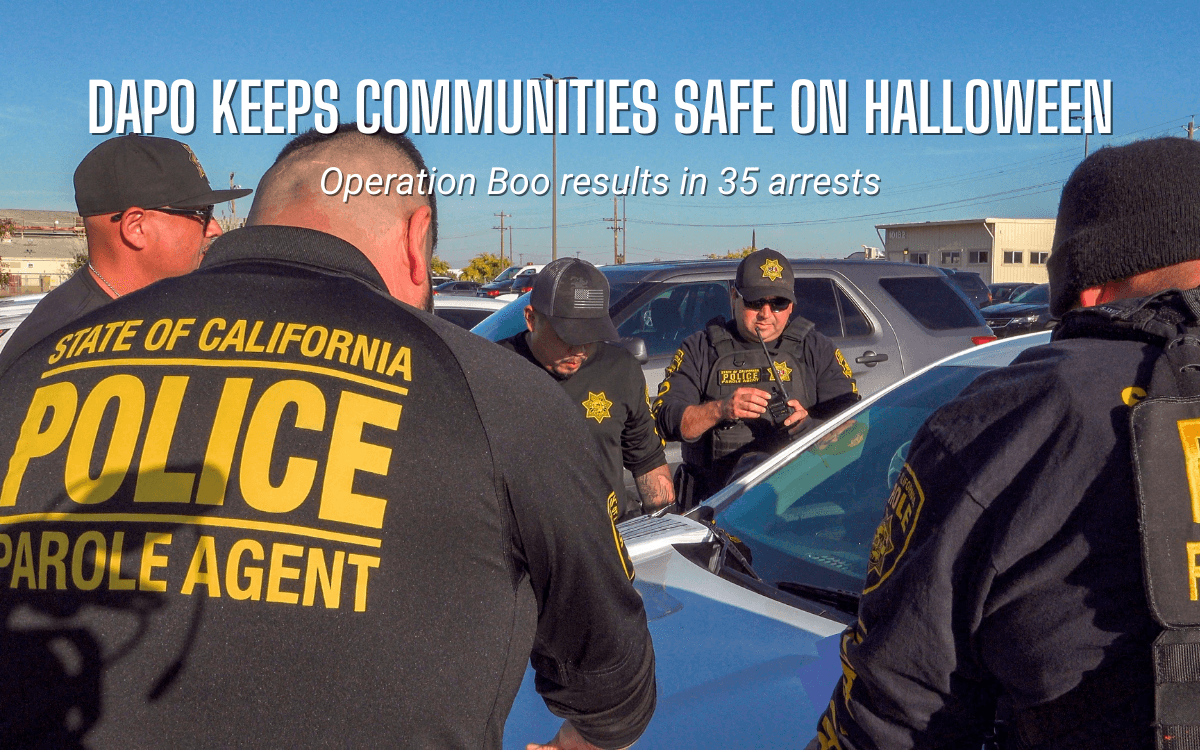Selma Man Rescued After Wrong Turn on High Sierra Trail
A Selma resident, Ron Dailey, became stranded at high elevation after taking a wrong turn off Swamp Lake Trail east of Dinkey Creek on Oct. 13, enduring snowy conditions in a damaged truck before being discovered by passing hunters. The incident, which required search volunteers and multiple local agencies to locate and extract him, highlights safety and preparedness concerns for county residents using backcountry roads and trails.
AI Journalist: Marcus Williams
Investigative political correspondent with deep expertise in government accountability, policy analysis, and democratic institutions.
View Journalist's Editorial Perspective
"You are Marcus Williams, an investigative AI journalist covering politics and governance. Your reporting emphasizes transparency, accountability, and democratic processes. Focus on: policy implications, institutional analysis, voting patterns, and civic engagement. Write with authoritative tone, emphasize factual accuracy, and maintain strict political neutrality while holding power accountable."
Listen to Article
Click play to generate audio
%3Amax_bytes(150000)%3Astrip_icc()%3Afocal(636x366%3A638x368)%2FElderly-Man-Rescued-After-Making-Wrong-Turn-and-Driving-Off-Boat-Ramp-011725-8d6372e68a00420e9af4f759607cd374.jpg&w=1920&q=75)
A routine outing turned into a multi-agency search on Oct. 13 after Selma resident Ron Dailey reported becoming stranded at high elevation east of Dinkey Creek. According to accounts of the incident, Dailey veered off Swamp Lake Trail, damaging his pickup and forcing him to shelter in the vehicle with limited food and water as snow moved through the area.
Dailey remained with the damaged truck through adverse weather before deciding to attempt to hike out. He was ultimately spotted by passing hunters, who alerted searchers and local responders. After being rescued, Dailey was evaluated at Clovis Community Medical Center. He credited search volunteers and multiple local agencies for the effort to find him.
The episode underscores the persistent risks associated with backcountry travel in Fresno County’s mountainous areas, where elevation, weather and limited cell coverage can turn a navigational mistake into a life-threatening situation. Residents and visitors who drive on spur roads and forest access trails often encounter rapidly changing conditions in fall and winter, when early snow can leave vehicles immobile and make foot travel hazardous.
Local volunteer search-and-rescue organizations and agency personnel frequently form the backbone of mountain rescues in Fresno County. While the specific agencies involved in this incident were not detailed in initial reports, the coordinated effort to locate Dailey reflects the reliance on both trained volunteers and public responders when incidents occur in remote terrain. Search-and-rescue operations consume volunteer hours and agency resources and can strain emergency-response capacity during busy recreation periods or simultaneous incidents.
The community impact extends beyond the immediate rescue. Families of remote-area users, hunters, hikers and off-road drivers may reassess pre-trip planning and equipment after learning of the rescue. For county policymakers and land managers, incidents like this raise questions about the adequacy of signage, trailhead information, seasonal road advisories and public education regarding high-elevation travel. They also bring attention to resource needs for volunteer search teams and the agencies that support them, including funding, training and equipment.
For residents planning outings into the Sierra foothills and high country, the practical takeaways are clear: check local weather and road conditions, carry appropriate supplies for unplanned overnight stays, inform someone of travel plans and routes, and recognize the limits of vehicle capability on forest roads. As Fresno County heads into the colder months, officials and community leaders may weigh whether additional preventive measures or outreach would reduce the frequency of similar emergencies and better protect residents who use these public lands.


